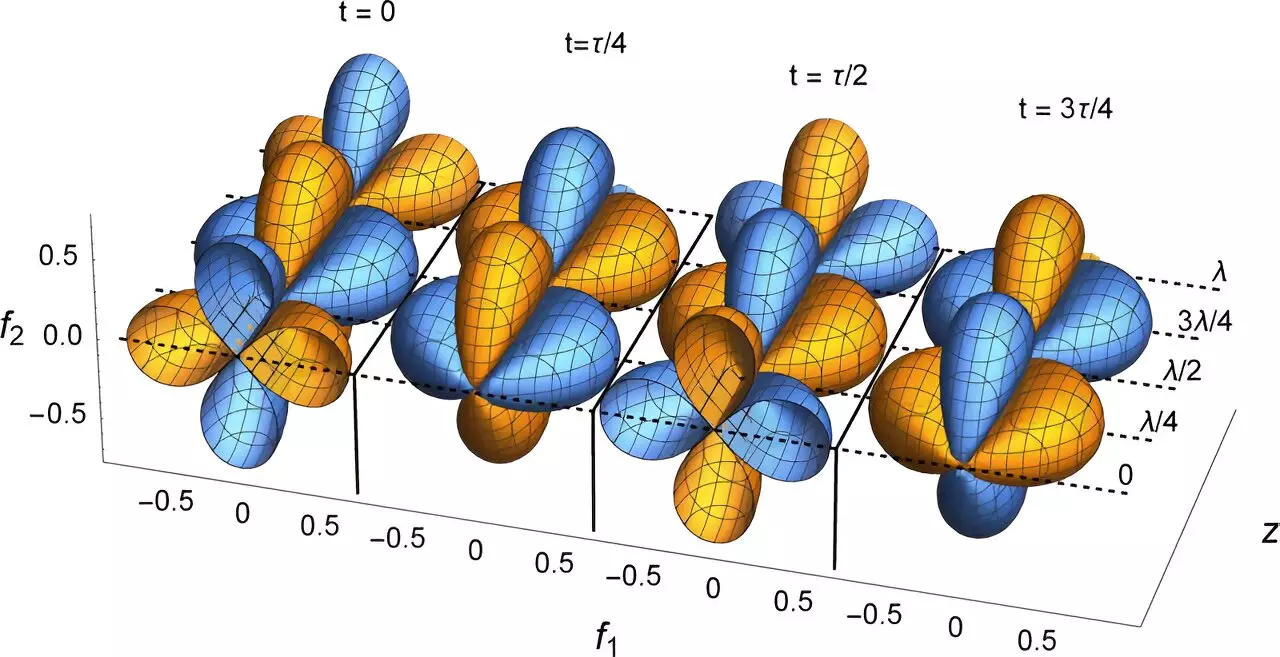The detection of gravitational waves, as predicted by Einstein in 1916, marks a significant milestone in the field of astrophysics. The ability to observe these waves, which carry crucial information about the universe, has opened up new opportunities for research and exploration. While traditional methods involve massive gravitational wave telescopes like LIGO, an alternative approach has been proposed by researchers from the Okinawa Institute for Science and Technology (OIST), the University of Tohoku, and the University of Tokyo.
The groundbreaking method proposed by the team involves simulating gravitational waves on a laboratory bench through the quantum condensate of cold atoms. This approach offers a simpler experimental setting for studying gravitational waves and gaining insights into their complex nature. The findings of the researchers have been published in the prestigious journal Physical Review B, highlighting the significance of their work in advancing our understanding of gravitational phenomena.
Professor Nic Shannon, the senior author of the study, emphasizes the transformative impact of Einstein’s theory of general relativity on our perception of space and time. The theory not only introduced the concept of black holes but also postulated the existence of gravitational waves that ripple through the fabric of space-time. By bridging the gap between general relativity and quantum mechanics, researchers are able to explore the intricate relationship between these fundamental forces of nature.
The team’s focus on spin nematics, a specific type of Bose-Einstein Condensate (BEC), provides a unique perspective on mimicking gravitational waves in a controlled laboratory environment. Spin nematics, akin to the liquid crystal displays found in everyday devices, exhibit wave-like properties that mirror the behavior of gravitational waves. This parallel between quantum phenomena and astrophysical phenomena underscores the interconnectedness of the laws governing the universe.
Dr. Leilee Chojnacki, the lead author of the study, highlights the elegance of mathematical structures that underpin seemingly disparate phenomena. The ability to describe diverse physical phenomena using similar mathematical frameworks is a testament to the underlying unity of nature. This unifying principle underscores the beauty and complexity of physics, urging researchers to delve deeper into the mysteries of the universe.
The innovative approach proposed by the researchers offers a novel way to study gravitational waves and their analogs in a controlled laboratory setting. By harnessing the power of quantum condensates and spin nematics, scientists are pushing the boundaries of our understanding of the cosmos. The intersection of general relativity, quantum mechanics, and experimental physics opens up new avenues for exploration and discovery in the evolving field of astrophysics.


Leave a Reply